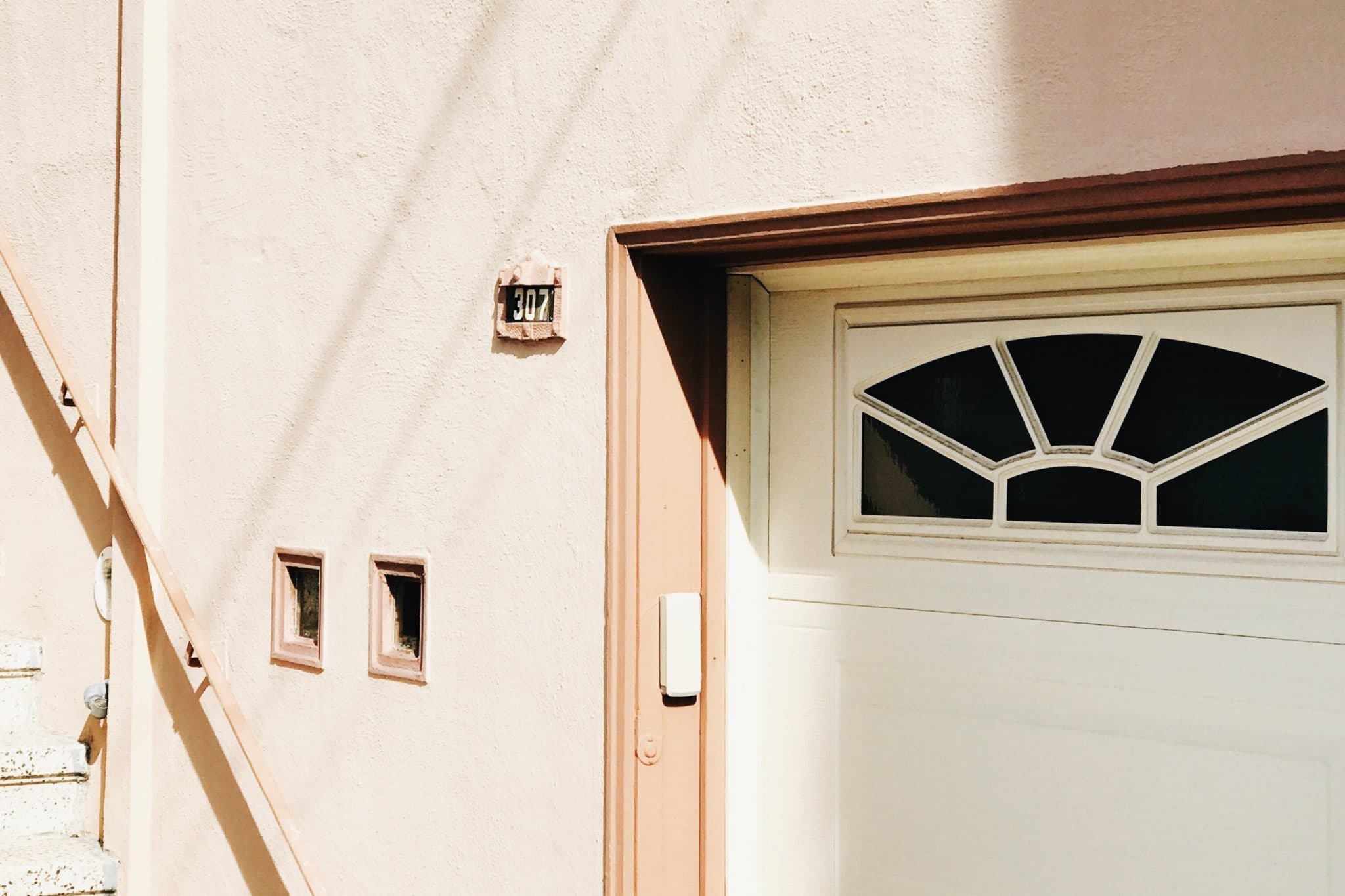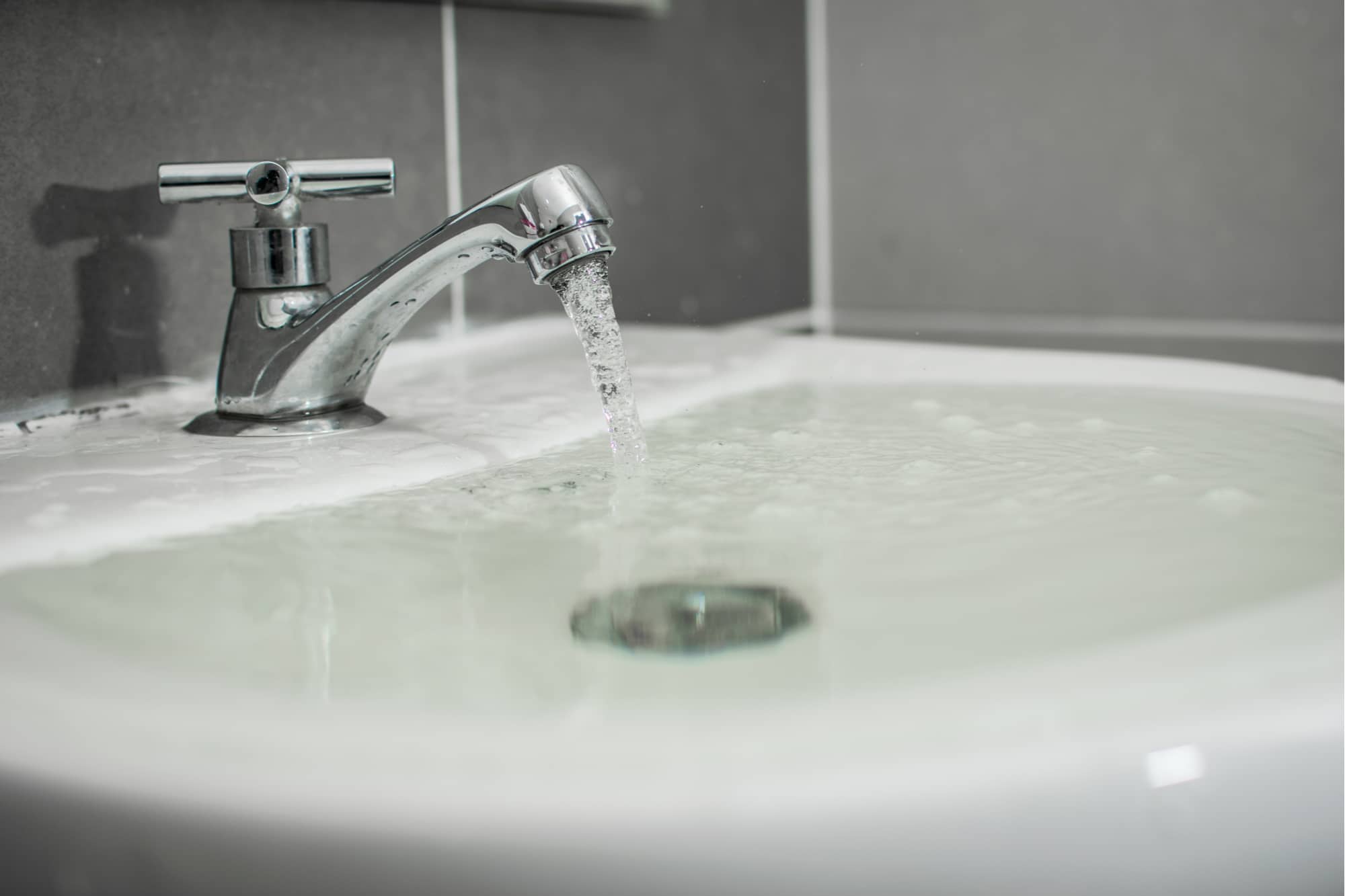Examining the Garage Door Pressure Test Part 2: The Inspectors’ Perspective
Last Updated September 13, 2024
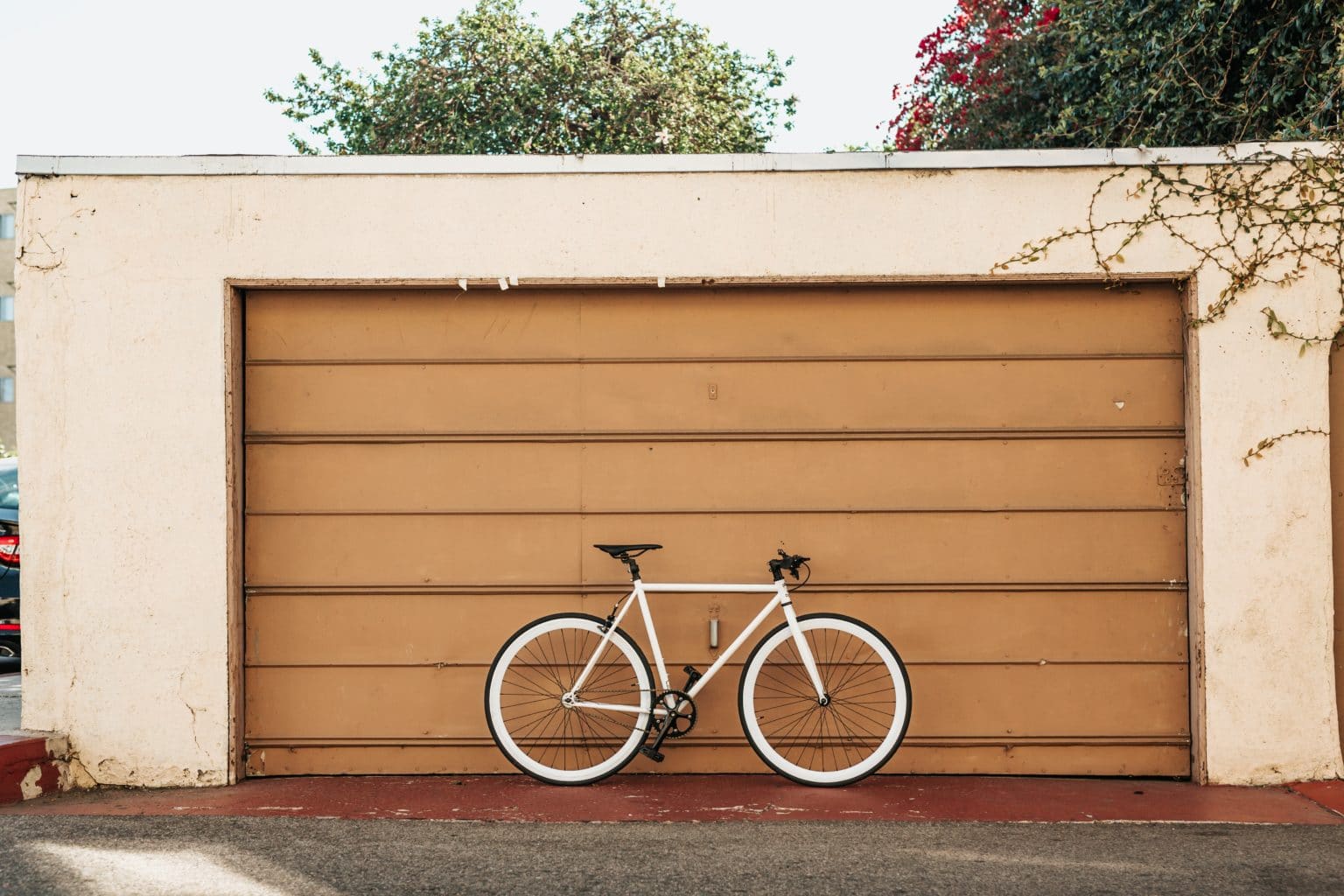
Part 2: The Inspectors’ Perspective
In Part 1 of the series, we examined how the two nationally recognized Standards of Practice (SoPs), written by the American Society of Home Inspectors’ (ASHI) and the International Association of Certified Home Inspectors’ (InterNACHI), address the reverse jam test of garage doors. Both SoPs state that home inspectors are not required to conduct the performance test. And yet, whether inspectors wish to not perform the test as both the ASHI and the InterNACHI SoPs give them the right to is a complicated question.
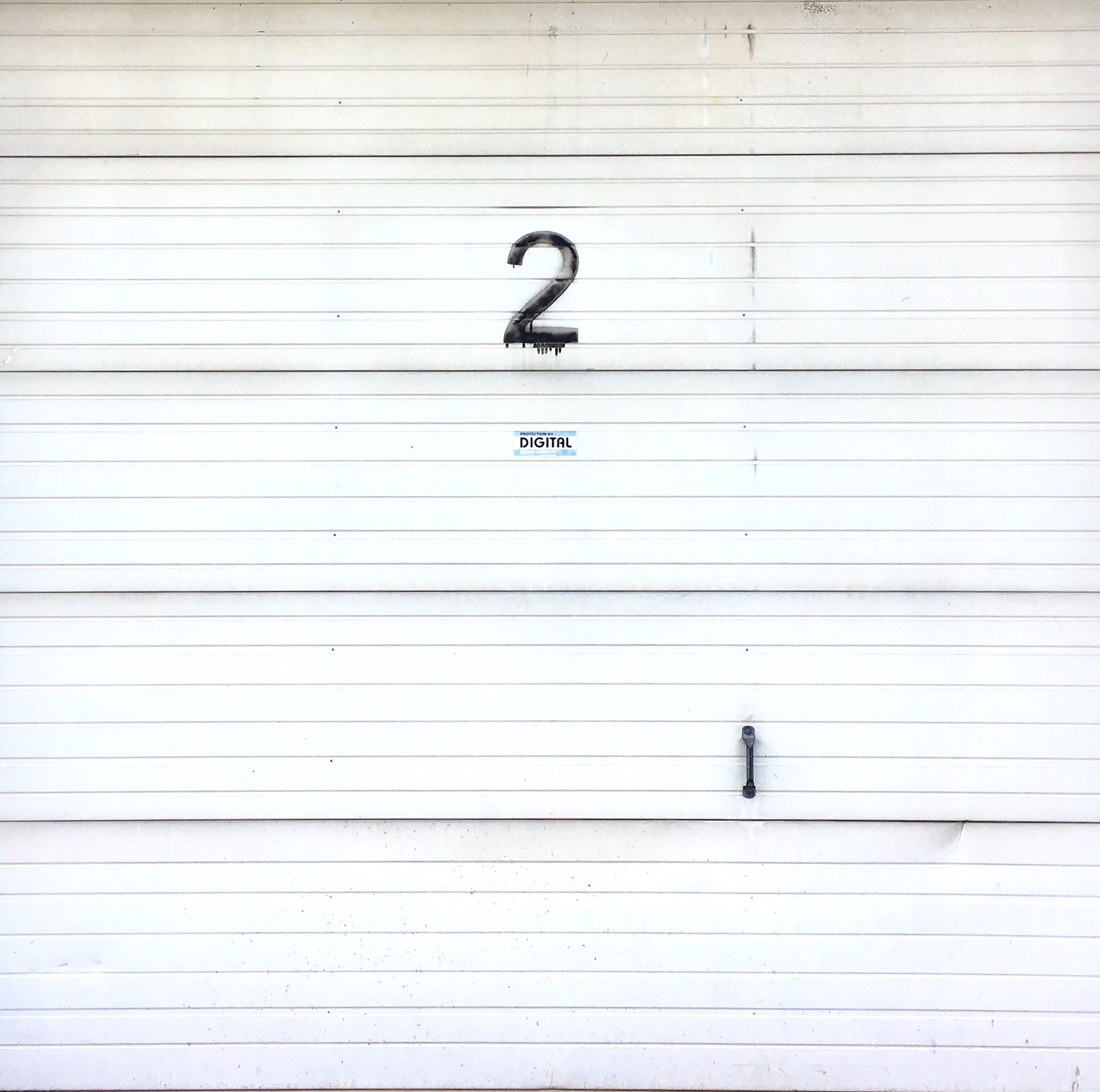 In this article, we aim to explore that question further. We interviewed several experienced home inspectors to see how they address the three primary pressure testing concerns explained previously:
In this article, we aim to explore that question further. We interviewed several experienced home inspectors to see how they address the three primary pressure testing concerns explained previously:
- For one thing, there are two primary ways to perform the reverse jam test—with a two-by-four and with your hands—and inspectors and subject matter experts vehemently disagree on which technique is superior.
- For another, some industry professionals question whether the performance test is, in fact, an accurate predictor of safety or if it, in fact, gives clients a false sense of security.
- Lastly, as we shared in our article Top 5 General Liability Claims Against Home Inspectors, inspectors take on increased liability when they perform the reverse jam test, as virtually every garage door-related claim we’ve seen results from the test.*
As indicated in Part 1, home inspectors fiercely favor one of three approaches to testing the reverse jam function of garage doors:
- Testing with a two-by-four.
- Testing with their hands.
- Not testing at all.
We explore the pros and cons of all three approaches below.
Interested in learning how to diffuse complaints before they turn into claims? Check out our free download!
Testing With a Two-by-Four
Both Marc LeBlanc of Sherlock Home Inspection in Louisiana and Charles Buell of Charles Buell Inspections, Inc. in Washington teach and inspect according to the Residential Sectional Garage Door and Electric Operator Checklist for Home Inspectors and Consumers produced by the Door & Access Systems Manufacturers Association (DASMA).
According to the Checklist, DASMA’s protocols support inspectors’ in providing beneficial services to clients.
“The garage door systems industry recognizes the important safety role played by home inspectors,” the Checklist reads. “This checklist intends to help home inspectors maximize the value of their service to homeowners and home buyers.”
The DASMA protocols include a 15-minute, 10-point inspection for inspectors and consumers to perform when testing the reverse jam function of garage doors and their electric operators. Each item includes a description featuring one or more “yes” or “no” questions designed to determine safeness. Inspectors should test each item in chronological order. If testers observe any abnormalities or defects in prior steps, DASMA recommends not conducting Item 10: the contact reversal test. Buell estimates 25 percent of the doors he inspects get stopped during the visual inspection before physical testing.
“If you follow [DASMA] standards, you should never have a failure of a door during a test because so much of the inspection involves making sure the door is ready to test,” Buell said. “So, if you see anything damaged or cracked, or [there’s] missing hardware or bolts, that would halt the test right there.”
If doors have passed checklist items, DASMA recommends testers perform the reverse jam test. DASMA suggests conducting it as follows:

Two-by-Four Reverse Jam Test Benefits
According to Buell, one of the primary benefits of testing the reverse jam function of garage doors per DASMA protocols is having a recognized standard to defend your argument in the incident of a complaint or claim.
“If you’re not inspecting to the DASMA protocols, you don’t have a leg to stand on in terms of whether you owe somebody a door or not,” Buell said.
Since following the DASMA protocols, Buell claims to have not damaged any garage doors during his inspections. Since Buell estimates the doors he inspects fail the test more than 50 percent of the time, that’s saying something.
“[Garage door defects] don’t happen overnight. It’s not like [garage doors] instantly fail because you’re there,” Buell said. “Something will give [the damage away] that will stop you from doing that reversing test and [have you] advise that [the client] have it fixed and evaluated by an overhead door company.”

Buell asserts that, if inspectors test correctly, the two-by-four test determines the safety of clients’ garage doors without causing damage. If an inspector impairs a door during the reverse jam test, Buell argues, that inspector failed to see the pre-existing damage that should have halted his testing.
“I will confess that, one time, on a student inspection, we got distracted and didn’t go through all the steps and we had a bit of an issue with a door. But that just proves my point: You’ve got to follow the protocols,” Buell said.
Two-by-Four Reverse Jam Test Concerns
Regarding the two-by-four test, the home inspectors we interviewed raised two main concerns:
- The risk of damaging the door.
- The false sense of security it gives clients.
The Risk of Damaging the Door
Despite Buell’s confidence that inspectors won’t damage garage doors if they properly follow DASMA’s checklist, others are skeptical.
Nick Gromicko, InterNACHI’s founder, argues that the DASMA protocols are not for home inspectors as they purport to be. Rather, Gromicko believes the DASMA standards look out for garage door manufacturers—not inspectors or consumers.
“The reason that garage door opener manufacturers tell you [that you] should test with a two-by-four is because they’re writing their standard for themselves,” Gromicko said. “It has nothing to do with how you test the garage door. They simply wrote a method that protects themselves.”
Furthermore, Gromicko believes that the two-by-four reverse jam test is responsible for causing most inspection-related damage to garage doors. (More on the method Gromicko prefers and why in the next section.)
For Dale Shriver of Twin State Inspections, LLC in New Hampshire and Vermont, the issue with the two-by-four test has less to do with intent and more to do with practicality.
The age of garage doors poses an issue. Shriver estimates that, should he use a two-by-four, he would damage around 80 percent of the doors he inspected.
“If you put a two-by-four under the door, … the door could continue to descend and damage the door,” Shriver said. “I would never stick a two-by-four under a door in our area to stop it. We would have doors damaged all day long if I were to do that.”
Thus, Shriver believes that performing the reverse jam test with a two-by-four is too extreme.
The False Sense of Security
Many pressure test critics believe that the test gives clients a false sense of security.
“The two-by-four test is not a definitive test,” said former member of the ASHI Education Committee Les Van Alstine of Accurate Inspections, LLC. “As far as the client’s concerned, [passing the test] means that [the garage door is] perfectly safe. And it’s not.”
Eric Barker of Moraine Woods Consulting, Inc. in Illinois, argues that the reverse jam function test is unable to do what many purport. It doesn’t accurately determine whether the door would reverse for a child or pet.
“Using the two-by-four does not tell you what will happen if a child gets underneath the door,” Barker said. “You don’t know how much pressure is required to use the operator.”
Additionally, Randy Sipe of Family Home Inspection Services, Inc. in Kansas argues that inspection clients may interpret a successful reverse jam test as a sign that the garage door is safe—not just on inspection day, but in the future. And, like most aspects of a home inspection, the pressure test is not a guarantee or predictor of future conditions.
“The bottom line is, if you test those doors and they back up today, who is saying they’re going to back up tomorrow?” Sipe said. “There are no scientific tests that you’ve done to show those doors are safe.”
Reverse Jam Testing With Hands
Home inspectors who criticize the two-by-four test, but favor the garage jam reversal test, choose the purportedly less invasive hands-on test.
When conducting the hand test, Shriver places his hands under the door and applies pressure or a quick jolt while the door descends. Simultaneously, Shriver watches the connection bracket. If he detects from sight or feel that the door may buckle, Shriver releases the door, letting it continue down.
Shriver believes this method is less likely to cause damage because he can “abort” the test if there’s an issue. Shriver also thinks that, by using his intuition, he can better replicate an incident than a two-by-four.
“I feel that, with me holding the door as it’s coming down, I can apply enough pressure to do it that would seem reasonable to simulate a child’s head getting hit by the door,” Shriver said. “It’s not scientific. It’s just based on my judgment to say how much pressure it would take.”
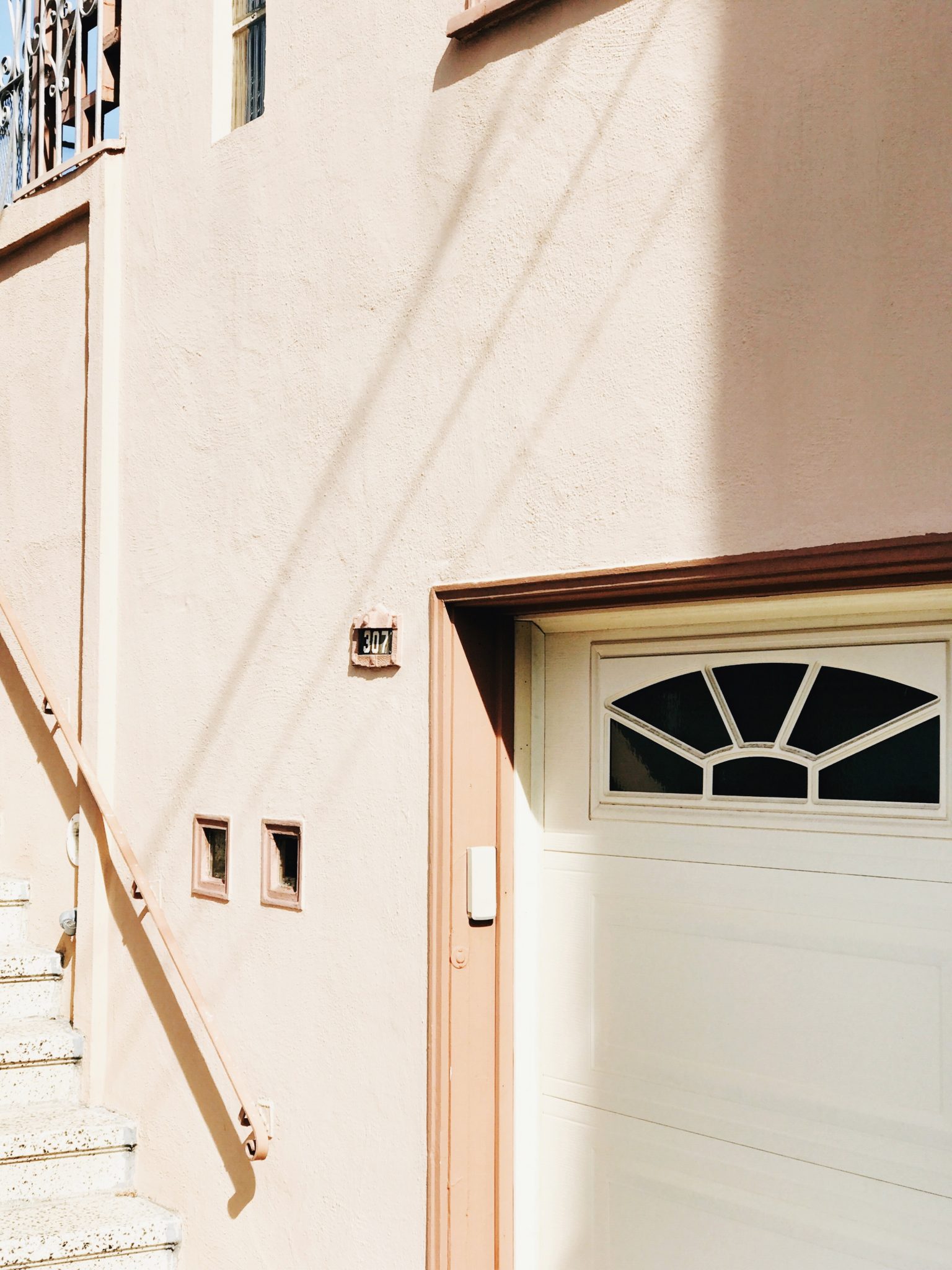
A Judgement Call
Gromicko shares Shriver’s sentiment. He argues that the physical indications inspectors get while testing with their hands makes the hands-on test ideal.
“Your hand—it’s built for this job. The two-by-four is not,” Gromicko said. “Your hand can intuitively feel that you’re holding the garage door back too hard and you’re at risk of having a bend or fold.”
In fact, Gromicko believes that home inspectors can perform the hands-on pressure test without bending the garage door every time. Gromicko considers the “hands-on” performance test the “smart middle choice”. In his view, the hand test, unlike the two-by-four test, is unlikely to cause “unnecessary damage.”
“The two-by-four has no brain. Your hand is connected to a brain. That’s the big difference between the two-by-four and the human hand: one is connected to a brain,” Gromicko said. “A two-by-four isn’t connected to a brain, but your hand is.”
Shriver agrees that every hands-on test requires a judgment call. According to Shriver, inspectors must choose which doors they test wisely, not testing any door that’s in poor condition.
“I really think that home inspectors need to use their brains [when deciding] whether or not a door should be tested. [The door] really needs to be looked at very carefully [and go] through some basic safety checks to be sure that it looks like it can be operable. And then, test that reverse jam function if possible. And, if it’s not possible to test it, disclaim it,” Shriver said.
If you’re worried about receiving complaints due to performing the contact reversal test, read our download “7 Things to Do When You Receive a Complaint.”
Hands-On Test Concerns
It seems that less home inspectors are concerned about damaging the door with the hands-on test. Home inspectors remain concerned that any reversal test—including one with your hands—gives clients a false sense of security.
Van Alstine argues that the two-by-four test is not definitive and, therefore, not a safety guarantee. However, Buell makes the same argument against the hands-on test. Buell insists the hands-on test’s lack of recognition in the garage door manufacturing community should be why inspectors avoid it.
“A lot of home inspectors just say, ‘Well, I let it come down into my hand, and, if it pulls too hard, it’s not right.’ Well, that’s not anything to do with the recognized test of the door. The [DASMA] protocols don’t even test [at] that mid-level height,” Buell said.
Barker’s earlier point, that inspectors cannot definitively say that a two-by-four is representative of the pressure required to free a child or pet from under the door, may have even more merit when applied to the hand-on test. After all, the pressure that one inspector uses during the test may be vastly different from that of another inspector.
Lastly, Sipe’s argument that inspection clients may interpret a successful contact reversal test as a sign that the garage door is safe—not just on inspection day, but in the future—applies regardless of whether an inspector uses a two-by-four or their hands.
Not Testing the Reverse Jam at All
Those who believe the pressure test is misleading, inaccurate, likely to cause damage, or all three opt to not test. Meaning, they don’t test with a two-by-four nor with their hands. These home inspectors choose to focus on a visual examination of the garage door and its components and on educating their clients on additional testing options.
Visual Examination
Inspectors who don’t perform the reversal test still do a visual examination. In fact, many inspect to the DASMA protocols up to the pressure test.
Additionally, many who don’t conduct performance tests believe a thorough inspection of the electronic eyes—or electronic sensors or photo beams—helps determine safety.
According to Tom Lauhon, Chairman of the ASHI Standards Committee and instructor at the Midwest Inspectors Institute (MII), if the sensors don’t work, the door is unlikely to reverse—even under a pressure test. Lauhon emphasizes the exact height of the electronic eye. According to Lauhon, six inches above the floor is standard: about the height of a crawling infant.
Rather than measuring beam height, Buell recommends that inspectors test the beam’s functionality, such as kicking a foot in front of the sensor.
“It’s amazing how out of alignment [sensor beams] can be and still function. And how they can aim at each other and not function,” Buell said. “Without actually testing them, you can’t say anything about it other than that they’re there.”
Inspectors reported that if the sensor is incorrectly installed, it requires immediate attention. Here’s an excerpt of a recommendation in one of Sipe’s inspection reports:

If he discovers doors without photo sensors, Sipe recommends repairing or replacing the openers, compliant with Underwriters Laboratories, Inc.’s (UL) Standard for Safety UL 325, recognized by the U.S. Consumer Product Safety Commission:
Action Necessary — The door opener is not equipped with photo sensors. Garage door openers are equipped with mandatory safety features (Photo Eyes) to guard against harm to anyone using the garage door or crossing underneath it. It is recommended that the opener be replaced or upgraded to use this safety feature.
Potential Visual Examination Limitations
While acknowledging the importance of photo eyes, Shriver also underscores their limitations. He sees many electrical that eyes were incorrectly installed or not installed at all. In these cases, Shriver believes it’s imperative to perform the garage reverse jam test to confirm the door can auto-reverse. Additionally, Shriver has concerns that the eyes don’t pick up everything, like an SUV sticking out of the door’s opening.
Educating Clients
Many inspectors educate clients on how and why to test the door themselves.
According to Buell, it’s imperative for clients to understand how garage doors work. He advises clients to check them like other safety devices.
“I want to take care of my client. I want them to learn how to test, so I attach those [DASMA] protocols to every report,” Buell said. “They need to know how to test—the same way you do with smoke alarms or carbon monoxide detectors.”
When an overhead door operator is present, Barker states in reports:
Industry standards recommend testing garage overhead door operators by placing a 2’x4′ board on the floor and running the door down onto it. According to those standards, if the operators stop and reverse, it is deemed to be satisfactory. This test will not tell you the force required to reverse the operator.
We independently recommend holding onto the door (while it is closing) with “reasonable” resistance to see if the operator will reverse—keeping in mind the idea of a small child being caught under the door. Since there is no standard for this approach, we do not attempt it in inspections. Rather, we check for door and operator mountings, the open/close function, and the photo electric sensor’s ability to reverse the operator. Older operators do not have the photo sensors. If children are present, installing a new operator may be prudent.
This statement recognizes the importance of safety and allows consumers to determine door adequacy.
“I recommend that, once the homeowner moves in, they test the [door’s] resistance themselves and see what they’re comfortable with,” Barker said. “Then, they [can] make adjustments [to] the opener.”
Managing Risk
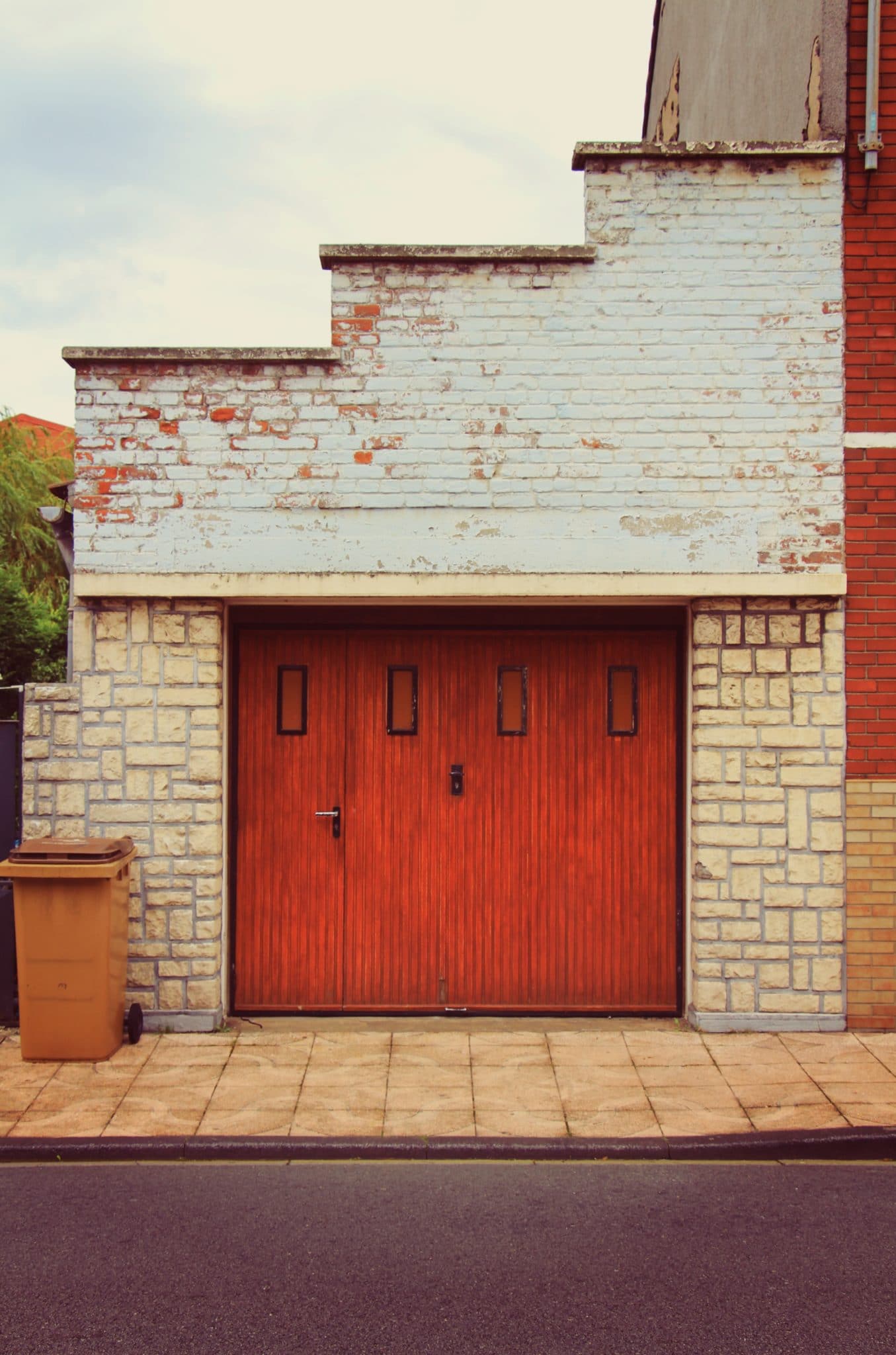 Some inspectors believe that educating clients has an additional benefit: risk management. By teaching clients how to perform a pressure test themselves, Lauhon believes inspectors provide a valuable service while protecting their businesses from potential claims.
Some inspectors believe that educating clients has an additional benefit: risk management. By teaching clients how to perform a pressure test themselves, Lauhon believes inspectors provide a valuable service while protecting their businesses from potential claims.
“If [inspection clients] decide to perform the test because they are concerned about safety in that feature, then they have the ability to do so,” Lauhon said. “By educating the client in this way, you’re doing your due diligence and trying to do all that you can to help them be safe in their home, but you’re limiting your own liability, [too].”
To test or not to test? Still a decision for every business.
Returning to the example at the beginning of our series: Our claims team resumed correspondence with the upset seller. They acknowledged the seller’s frustration and demand. However, they reasserted that the home inspector was not liable.
To explain, our claims team provided the seller with an analogy: Had the inspector run the dishwasher and it leaked, he would have reported it. However, the inspector would not be responsible for the pre-existing condition that caused the leak. The same is true as to the garage door.
While still unhappy about the garage door, the seller withdrew his demand. We closed the insured inspector’s claim at no cost to him—not even his deductible.
Not all garage door-related general liability claims have such happy endings. The cost to repair and replace damaged doors often meets or exceeds the insured’s deductible. This results in an out-of-pocket expense for them. Additionally, a claim can increase the inspector’s premium upon renewal for as many as five policy periods.
Should inspectors execute reverse jam tests on garage doors? Ultimately, it’s an individual business decision. Every owner should weigh the pros and cons of the pressure test—and all testing methods. Then they can choose what makes sense for their company. And, should you receive a general liability claim from an inspection, we hope you trust us to defend your business.
*Shortly after publishing the article, home inspector Dan Katz of TrustPoint Inspections in Indiana asked us how often we see professional liability claims from not testing garage doors. We have yet to receive an E&O claim that alleged the inspector failed to inspect the auto-reverse function on a garage door. That isn’t to say it couldn’t happen or that other insurance companies haven’t seen one, but in 15 years, we haven’t encountered such a claim.



